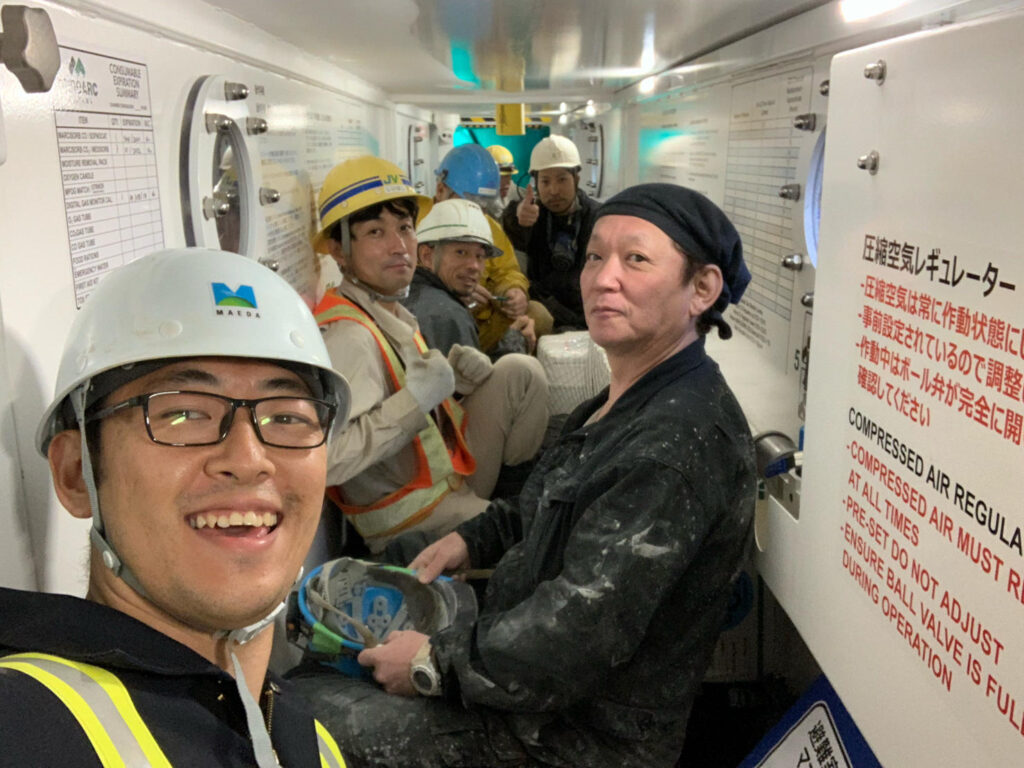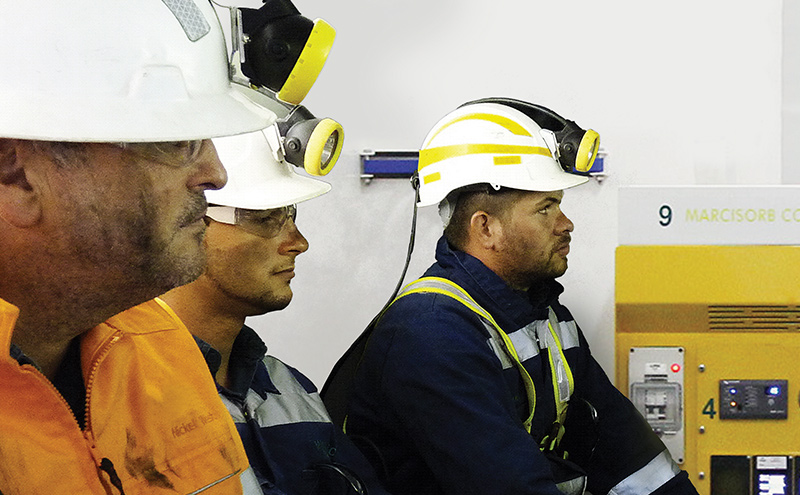Refuge chambers are a standard requirement within a site’s overall emergency response plan. Still, if a chamber needs to be used, understanding what it feels like to be in a refuge chamber can improve entrapped personnel’s response.
Working underground is a complex environment to comprehend, so let’s set the scene.
Underground the air always seems a little thicker, and the dust doesn’t help. You’re sweating, it’s noisy, but you stay focused to get the job done. Then your team gets a call over the radio as a distinct rotten smell drifts down the passage, you’re body tenses slightly as you begin to realise what this means – evacuation.
Training kicks in, and together you head to the nearest exit. The intensity of the situation becomes more evident, you realise your team won’t be able to make it to the exit, so you head to a refuge chamber straight ahead.
You enter the refuge chamber, commence operational procedures you recall from training and follow the prompts on the wall; you call the control room and await further instruction. Everyone relaxes slightly, you know you’re in a safe location and the emergency response team know you’re here – it won’t be long now…
Why You Should Know What it’s like to be in a Refuge Chamber
Understanding the situation before it occurs. Educating personnel about the potential psychological and physical impacts of being in a refuge chamber will create greater awareness and prepare them for emergencies.
Improved safety procedures have resulted in major incidents becoming rarer in underground mines and construction; however, this now means there is often little on-site experience dealing with these types of situations.
The growth of a good safety culture depends on the reliability of available information and for it to be used alongside regular training as a tool for better decision making and the sound management of resources. Training, including rigorous simulations, provides practical experience and improves the correct response rate and the understanding of what it is like to be in a refuge chamber.
The long-term implementation of good health and safety planning and practices protect against risk. Without education and training to build a better understanding, being in a refuge chamber can significantly impact workers’ survivability. Therefore, it is imperative to incorporate refuge chamber training into a site’s overall health and safety plan.
Share Your Own Experience, anonymously

Physical Stresses
What Should I Expect to Feel When Inside a Refuge Chamber?
Heat Increases inside Sealed Environments
When enclosed in a refuge chamber, it is likely to get hot and humid. Several factors contribute to the rise in temperature and humidity, including each occupant’s metabolism, the heat generated from equipment, and heat transfer from outside the refuge chamber.
High levels of heat and humidity are dangerous. Excessive heat stress may be life-threatening, and adverse health effects can range from confusion, poor decision-making, fatigue, nausea, rapid heart rate and loss of consciousness.
Air conditioners are indispensable in refuge chamber design. In addition, artificial cooling and dehumidifying are required as the temperature inside a refuge chamber will continue to rise if steps are not taken to control this.
The Close Proximity
Refuge chambers have limited capacity. Portable chambers, in particular, are built to support a restricted number of workers during an incident; with limited spacing, the quarters can feel cramped and crowded. The closeness of a chamber will depend on its design, size and purpose.
The close quarters can cause some individuals to feel uncomfortable and become flustered or irritable. Individual, ergonomic chairs provide personnel with comfortable seating without impeding on the space of others within the chamber. Many chambers are also equipped with additional resources such as playing cards, which can be used to distract personnel for their surroundings.
Dehydration is a Concern
Every refuge chamber, whether permanent or portable, requires a rationed supply of water and food.
Dehydration is a serious concern due to heat and humidity that accumulates within an occupied refuge chamber.
If water lost through sweat is not sufficiently replaced, progressive dehydration occurs. Further to this, salt deficiency (especially following long periods of sweating) may also cause a form of heat exhaustion resulting in painful muscle cramps.
All MineARC chambers come equipped with a supply of long-life water.

“I began to tell jokes, a simple form of distraction to try and lighten the mood. There were a couple of younger guys in the chamber, so I tried to remain strong, never letting on what was racing through my mind – what is happening on the surface, why have we been here for so long. Honestly, I was afraid; I kept thinking about my family. My wife. And my kids.”
Brad's Story







